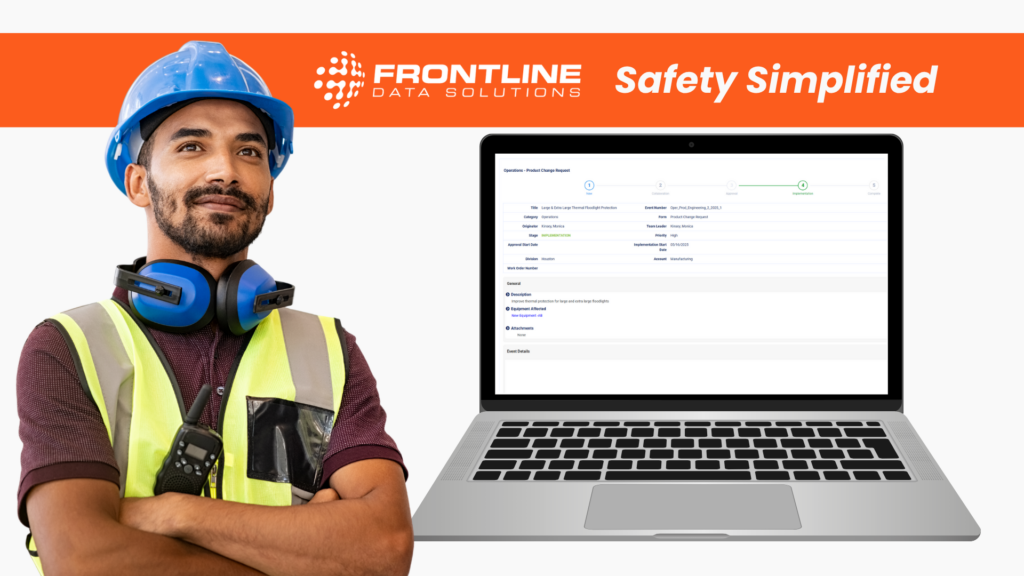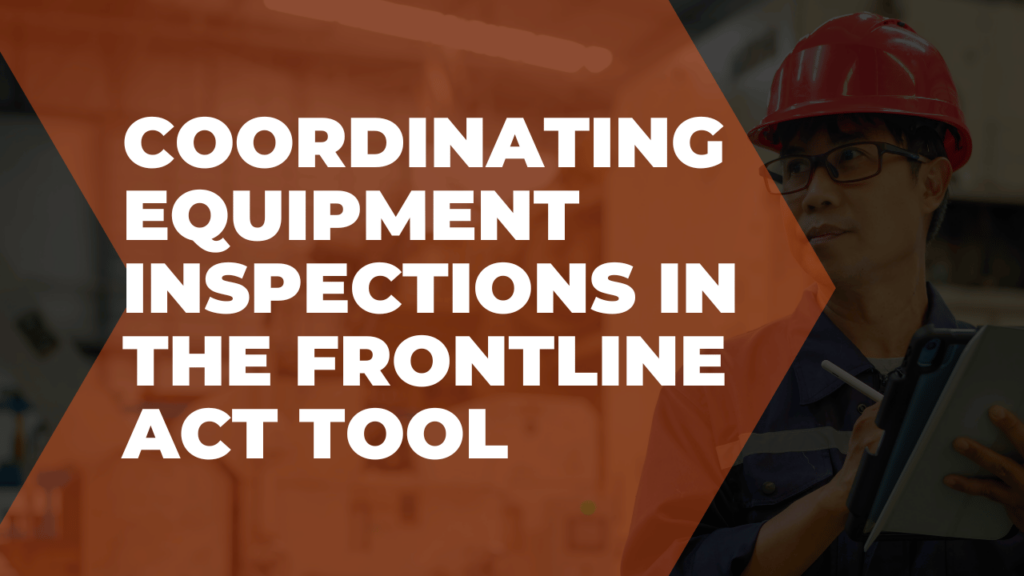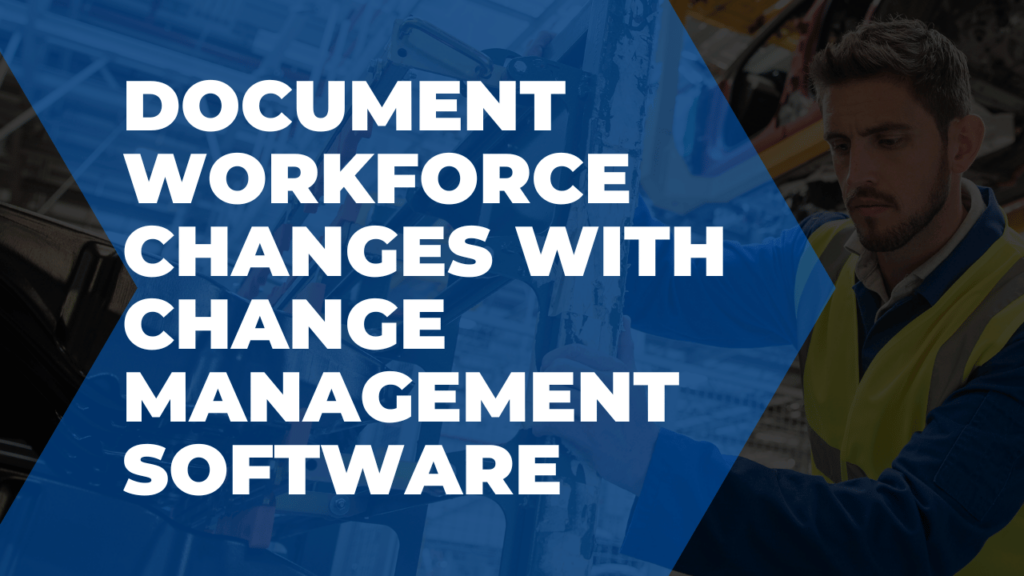Accurate job descriptions are essential for setting realistic expectations for employees. Therefore, you must ensure that the written requirements for each job match the actual demands. Moreover, a job demands analysis (JDA) serves as an effective tool to set realistic expectations for each position within your company or department.
What is a job demands analysis?
A job demands analysis is a review that determines the physical requirements of a task. It involves breaking down a job function into its various parts and answering these questions
- How many repetitions does the worker perform of each task during a shift?
- What equipment or tools does the worker use for the demands analysis task?
- What percentage of the shift does the worker perform each task?
- Which tasks are essential, and which are non-essential according to the analysis?
- Does the task require a certification, license, etc.?
Answering these questions should tell you what the job’s requirements should be. That way, you can develop job descriptions and guidelines that align with the reality of doing the work.
What are the benefits of doing a JDA?
The goal of any job demands analysis, JDA, is to ensure that your expectations for employees match their jobs’ demands. Doing this has many benefits for both workers and the company, including:
- Reducing employee turnover by setting realistic expectations
- Making productivity goals and quotas more attainable
- Improving communication between upper management and frontline workers
- Preventing task-related injuries due to overexertion from not matching job demands accurately
- Determine information that you can include in your training for each process
- Identify job hazards that you can work to reduce or eliminate
- Ensuring the legality of all job requirements
Having accurate requirements can protect your company from litigation issues in the case of workplace injuries and fatalities. Plus, it helps to avoid these scenarios in the first place. With the information you gather during a job demands analysis, you can find ways to improve the safety of the entire process. This will help eliminate safety hazards and may have a positive effect on productivity.
How should I do a job demands analysis?
Conducting a JDA is fairly straightforward. You’ll need to observe workers in real time to get an understanding of what the job entails. Getting feedback is also good practice because it can provide you with more insight into the physical requirements while conducting the analysis.
Here are some questions you might ask employees:
- Are there any steps in the process that physically burn you out?
- At the end of the workday, do you experience any physical aches or pains?
- How often do you [insert task] in each shift during the job demands analysis?
- Did your expectations of the job align with the realities of it?
You might also look at past incident data for the job. Are there any recurring types of incidents that can tell you more about the safety of the work?
In reviewing EHS data, you’ll likely also come across areas where you can improve work conditions for your employees. And that will reduce the physical demands of the job while also helping to boost productivity.
What should I do with the results?
Once you’ve finished your analysis, you have two primary objectives to complete with the data:
- Create an updated job description that includes the requirements you’ve identified through your analysis.
- Implement corrective actions for any health and safety issues or improvement opportunities you found during the process.
You can almost always find areas for improvement while conducting a job demands analysis. Take the corrective action implementation process to a new level by adopting action tracking software, like Frontline ACT.
You can use Frontline ACT to schedule and assign all the action items you want to complete. When your team makes progress on an action item, the information in the system will automatically update for you to see. And this will make your team more efficient when it comes to making improvements throughout the company.




